“Itraconazole Oral Solution 20mg for Dogs: Comprehensive Guide to Indications, Dosage, and Safety”
Based on the active ingredient itraconazole, Vetconazole is a triazole antifungal agent used primarily to treat systemic mycoses like blastomycosis, histoplasmosis, and aspergillosis in canines. In this blog, we explore the comprehensive scope of Vetconazole 20 mg oral solution for dogs, including its medical indications, pharmacological properties, dosage strategies, side effect profile, and emerging uses in veterinary medicine. A detailed dosage table is also provided for ease of reference.
Understanding Itraconazole Oral Solution 20mg
Itraconazole Oral Solution 20mg contains itraconazole, a triazole antifungal that disrupts fungal cell membranes by blocking ergosterol production. This formulation is created specifically for canine palatability and dosing convenience.
Composition:
- Active ingredient: Itraconazole – 20 mg/mL
- Form: Oral solution
- Packaging: Supplied in 50 mL and 100 mL bottles, each accompanied by a calibrated oral dosing syringe.
Mechanism of Action: How Vetconazole Works
Itraconazole functions by blocking lanosterol 14α-demethylase, a cytochrome P450 enzyme essential for ergosterol synthesis in fungi. Inhibiting this pathway leads to increased membrane permeability, leakage of cellular contents, and eventual fungal cell death.
This action makes Vetconazole particularly useful for deep and systemic fungal infections where fungistatic and fungicidal properties are needed over a prolonged duration.
Medical Indications for Use
Itraconazole 20mg oral solution is commonly used by vets to manage a variety of fungal infections, including skin, mucosal, and deep tissue types in dogs. The major conditions for which it is indicated include:
1. Systemic Fungal Infections
- Blastomycosis: A fungal infection affecting lungs, skin, and sometimes bones or eyes.
- Coccidioidomycosis: Often presents as pneumonia and may spread to bones and skin.
- Aspergillosis: Frequently affects the nasal passages or lungs, especially in immunocompromised dogs.
2. Dermatophytosis (Ringworm)
- Especially caused by Microsporum or Trichophyton species, when topical therapy fails or infection is widespread.
3. Malassezia Dermatitis or Otitis
- When resistant or recurrent infections caused by Malassezia pachydermatis are unresponsive to topical antifungals.
4. Cryptococcosis
- A potentially severe systemic infection involving the central nervous system (CNS), nasal cavity, and eyes.
Dosage and Administration Guidelines
The dosing of Vetconazole must be based on dog’s weight, age, severity of infection, and organ function. Dosing typically requires long-term administration (weeks to months) under veterinary supervision.
Below is a detailed dosage table based on the standard recommendation of 5 mg/kg once daily, though variations can occur based on the indication.
Vetconazole 20 mg/mL Dosage Table for Dogs
| Dog’s Weight (kg) | Dose (mg) | Volume (mL of Vetconazole) | Dosing Frequency |
| 2 kg | 10 mg | 0.5 mL | Once daily |
| 5 kg | 25 mg | 1.25 mL | Once daily |
| 10 kg | 50 mg | 2.5 mL | Once daily |
| 15 kg | 75 mg | 3.75 mL | Once daily |
| 20 kg | 100 mg | 5 mL | Once daily |
| 25 kg | 125 mg | 6.25 mL | Once daily |
| 30 kg | 150 mg | 7.5 mL | Once daily |
| 35 kg | 175 mg | 8.75 mL | Once daily |
| 40 kg | 200 mg | 10 mL | Once daily |
Note: The solution should be administered with food to enhance absorption. Dosing may be intermittent (e.g., 7 days on, 7 days off) for some chronic infections to reduce liver burden.
Administration Tips
- Shake well before use.
- Administer using the calibrated oral syringe provided.
- Ensure that the full dose is swallowed. If vomiting occurs within 2 hours of administration, redosing may be needed.
- Always give with food to maximize bioavailability.
Pharmacokinetics and Absorption
- Bioavailability: Enhanced when given with fatty food.
- Half-life in dogs: Approximately 20–30 hours, allowing for once-daily dosing.
- Metabolism: Hepatic, via cytochrome P450 system.
- Excretion: Primarily biliary, with minimal renal excretion.
Important Safety Information
Contraindications
- Hypersensitivity to itraconazole or azole antifungals.
- Use with caution in dogs with liver disease or compromised liver enzymes.
- Not recommended for pregnant or lactating dogs unless benefits outweigh risks.
Drug Interactions
Itraconazole’s effect on hepatic enzyme systems can lead to clinically significant interactions with co-administered drugs metabolized by the liver:
- Cisapride
- Cyclosporine
- Digoxin
- Prednisone
- Ketoconazole (avoid combination)
- Some antiparasitic drugs
Side Effects
Common side effects include:
- Vomiting
- Diarrhea
- Anorexia
- Elevated liver enzymes (ALT, AST)
- Lethargy
Rare but serious effects:
- Hepatotoxicity
- Skin rashes
- Neurological signs (tremors, disorientation)
Monitoring Parameters
- Liver function tests every 2–4 weeks during prolonged therapy
- Complete blood count (CBC)
- Serum chemistry panels
Client Education and Compliance Tips
Proper pet owner education is essential for achieving optimal therapeutic results with Vetconazole 20 mg oral solution in dogs. Since antifungal therapy often requires long-term commitment, client understanding and compliance play a vital role in treatment success.
Here are key client education points and practical tips to encourage proper compliance:
1. Explain the Importance of Completing the Full Course
- Emphasize that even if the dog appears clinically improved, fungal infections can persist at a subclinical level.
- Stopping treatment early can lead to relapse, resistance, or prolonged disease.
Tip: Use simple analogies to explain why antifungals must be continued beyond visible recovery (e.g., “like finishing all antibiotics even after you feel better”).
2. Discuss the Duration of Treatment Clearly
- Prepare clients for several weeks to months of therapy, depending on the type and severity of infection.
- Encourage follow-up visits and ongoing lab work (especially liver monitoring) to ensure safe treatment continuation.
Tip: Provide a treatment calendar or reminder chart to track doses and recheck appointments.
3. Demonstrate Proper Administration Technique
- Show how to use the oral syringe correctly, especially for small breeds.
- Stress that the medication must be given with food to improve absorption.
Tip: Recommend giving the solution after a small fatty meal or treat to maximize bioavailability and reduce stomach upset.
4. Advise on Missed Doses
- If a dose is missed, it should be given as soon as remembered, unless the next dose is due shortly.
Tip: Suggest setting mobile reminders or using a dosing app for better consistency.
5. Monitor for Side Effects
- Inform clients to watch for:
- Vomiting
- Diarrhea
- Lethargy
- Loss of appetite
- Yellowing of eyes or gums (a sign of liver distress)
Tip: Encourage them to contact the clinic promptly if side effects occur and do not stop treatment on their own.
6. Emphasize the Need for Regular Blood Tests
- Explain that liver function monitoring is essential to detect early signs of hepatotoxicity, especially with long-term use.
Tip: Schedule the next blood test before they leave the clinic to promote adherence.
7. Reinforce the Importance of Veterinary Guidance
- Make it clear that dosage adjustments, treatment extensions, or medication changes must only be made by the veterinarian.
- Warn against using leftover medications from other pets or adjusting doses based on online advice.
8. Provide Written Instructions
- Give a printed or digital care sheet with dosage times, administration tips, potential side effects, and emergency contact information.
- Include visuals if possible to demonstrate dosing amounts by weight.
9. Offer Ongoing Support and Encouragement
- Let clients know that questions are always welcome.
- Remind them that treatment can be challenging but is critical for their dog’s health and quality of life.
Tip: A quick follow-up call or message after the first few days of treatment can boost confidence and compliance.
Comparative Efficacy with Other Antifungals
| Drug | Class | Dosing Frequency | Primary Use | Notes |
| Ketoconazole | Imidazole | BID | Dermatophytosis, Malassezia | More liver toxic than itraconazole |
| Fluconazole | Triazole | BID or SID | CNS & urinary tract fungal disease | Penetrates CNS better |
| Itraconazole | Triazole | SID | Systemic fungal infections | Best balance of efficacy and safety |
| Terbinafine | Allylamine | SID | Dermatophytes, Malassezia (off-label) | Often combined with azoles |
Vetconazole (itraconazole) remains first-line for systemic fungal infections, with high efficacy and better tolerability compared to older agents.
Veterinary Research and Future Directions
Ongoing studies in veterinary pharmacology are evaluating:
- Pulse dosing protocols (week on/week off) to minimize hepatotoxicity
- Combination therapies with terbinafine or fluconazole for resistant infections
- Use of itraconazole in biofilm-associated infections
- Nanoformulated itraconazole for improved absorption in dogs with GI disorders
- Genetic variability in itraconazole metabolism across breeds
Conclusion
With its once-daily dosing and systemic activity, it is invaluable in veterinary dermatology and internal medicine. However, close monitoring, proper administration, and client compliance are key to successful outcomes.Pet owners should always use this medication under strict veterinary guidance and adhere to the prescribed treatment duration. Continued research may expand the scope and safety of this vital antifungal agent even further. Its active ingredient, itraconazole, targets a wide spectrum of pathogenic fungi, making it a first-line therapy for both superficial and systemic fungal infections such as blastomycosis, histoplasmosis, aspergillosis, and dermatophytosis.







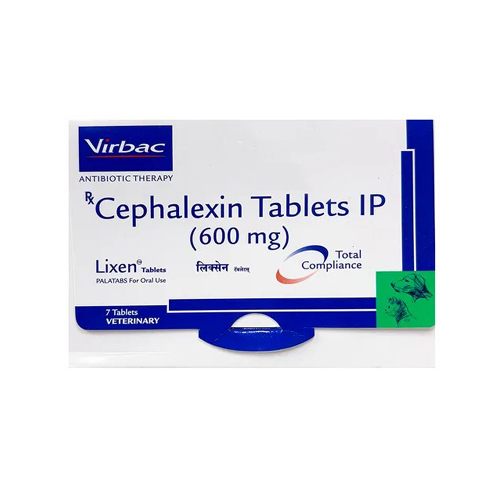
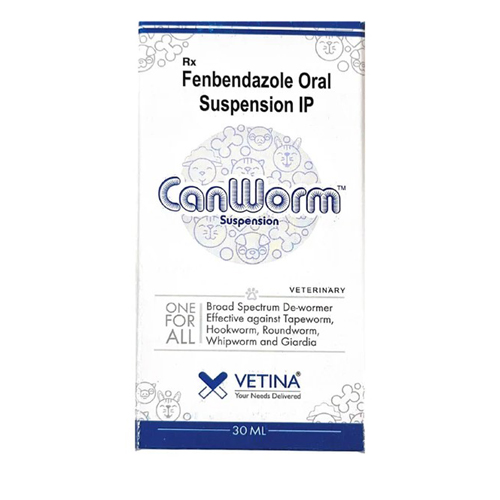



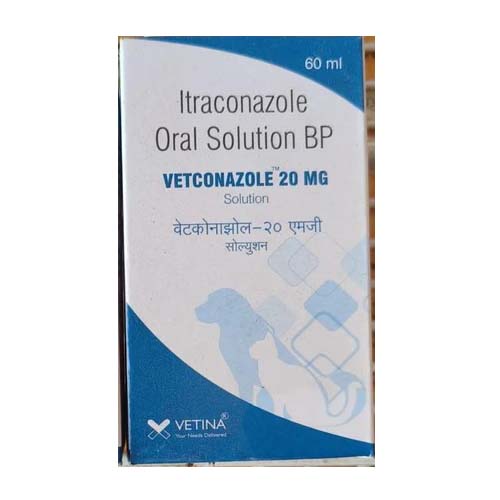
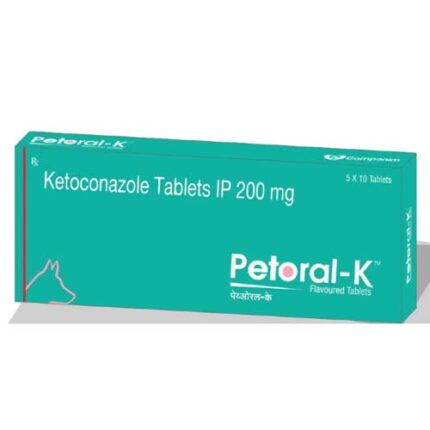

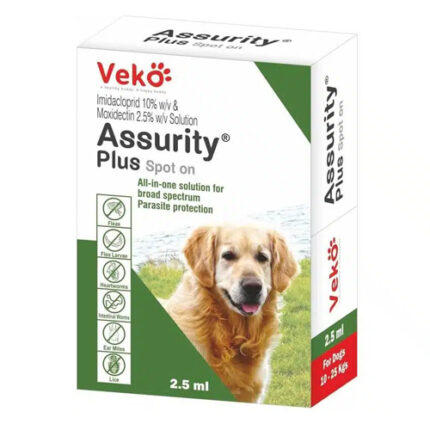
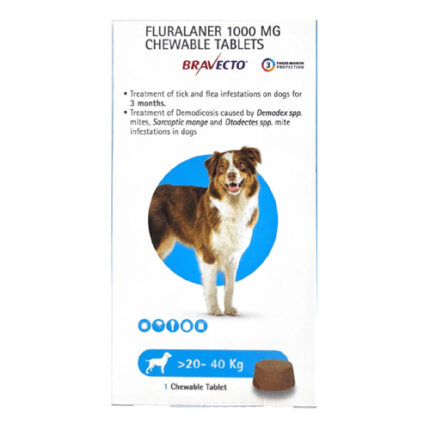
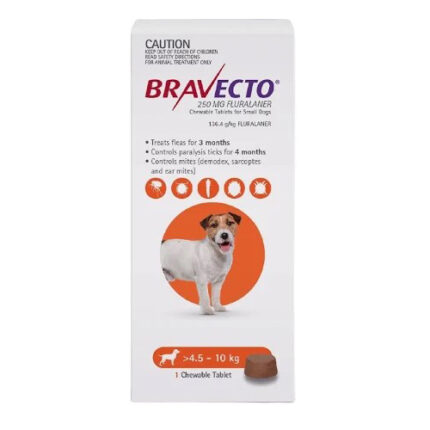
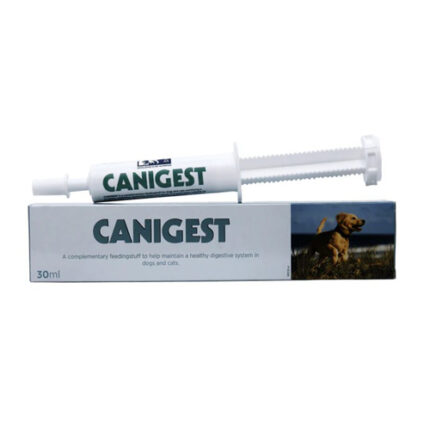
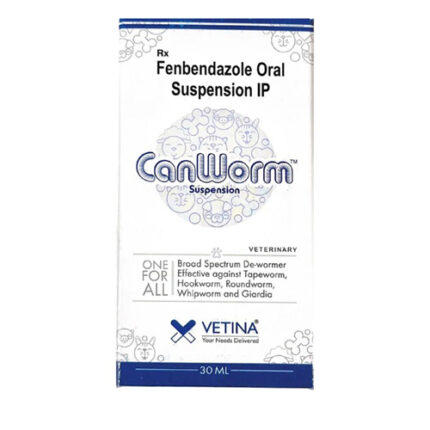
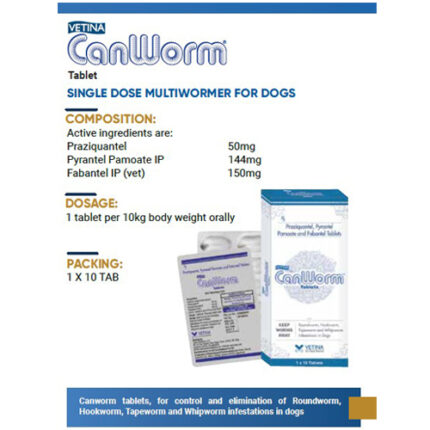
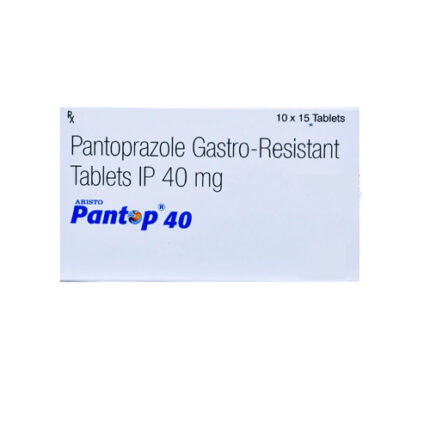
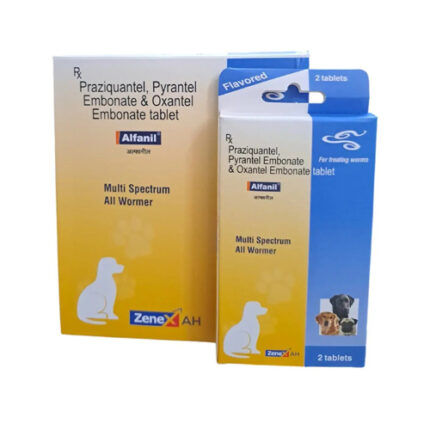
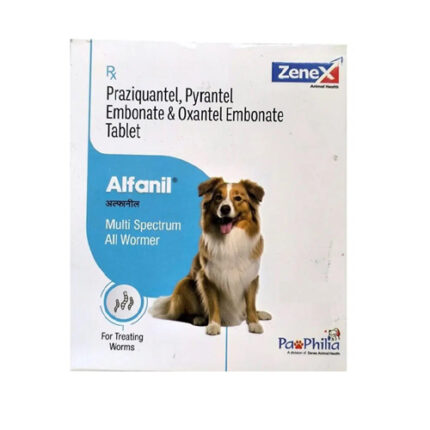
Reviews
There are no reviews yet.